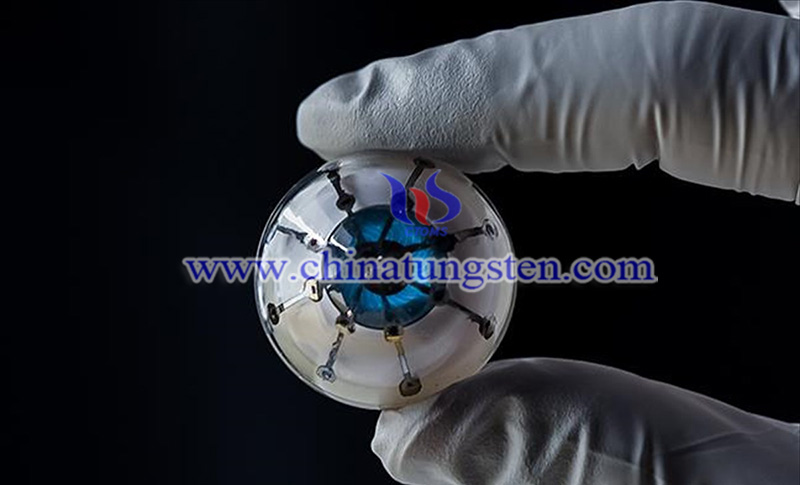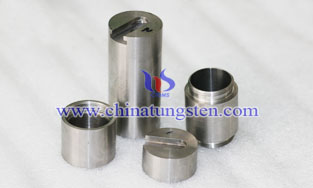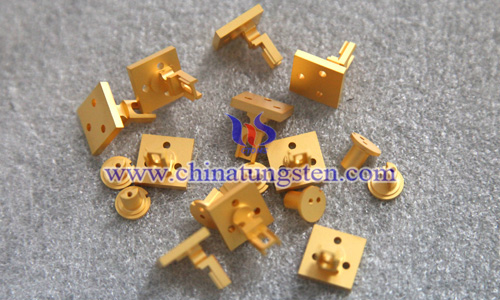Tungsten-Aluminum Artificial Eye Comes Closer to Human Eye Capabilities
- Details
- Category: Tungsten's News
- Published on Friday, 05 June 2020 21:24
- Hits: 920
A new study shows the world's first 3D the design of the world's first 3D tungsten-aluminum artificial eye would be clearer than the human eye. This new study was published in the journal Nature by researchers from the Hong Kong University of Science and Technology. If everything goes smoothly, it may help the droves of people who are partially or fully blind in as little as five years, according to experts.
The artificial eye is made with a tungsten-aluminum shell that serves as a round casing. It has an iris and lens in the front and a retina in the back. The casing is filled with an ionic liquid. It is reported that the artificial eye uses various miniature sensors to create images. These miniature sensors simulate the light detection of photoreceptor cells of the human eyeball. The sensor forming a hemisphere with a diameter of more than 2cm, imitating the human retina.

Science fiction television shows and movies have depicted robots with vision equal to or surpassing that of humans, along with bionic eyes implanted into people. Unfortunately, real science has not been able to keep pace with such devices, creating visual devices with a spherical shape and a hemispherical retina has proven to be quite challenging. In this new effort, the researchers have built an artificial eye that comes closer, it is modeled on the human eye, including the shape of its parts.
The retina of the human eye is hemispherical, and its optical layout is more delicate than the flat image sensor in the camera, the dome shape of the retina naturally reduces the propagation of light through the lens, thereby making the focus sharper. The core component of the team of professor Zhiyong Fan's bionic electrochemical eye is an array of high-density photosensitive elements that act as the retina. The photosensitive element is formed directly in the pores of the aluminum oxide hemispherical film (Al2O3).
A thin flexible wire made of liquid metal is sealed in a flexible hose, and the signal is transmitted from the nanowire light sensor to an external circuit for signal processing. These wires mimic nerve fibers that connect the human eye and brain. A layer of indium between the liquid metal wire and the nanowire improves the electrical contact between the two. And the artificial retina is secured by a socket made of silicone to ensure proper alignment between the wire and the nanowire.
Professor Fan introduced that the size of the bionic eye is similar to that of the human eye, and the structure of the bionic eye is also similar to the height of the human eye. When electrically addressing a single nanowire, it has the potential to achieve high imaging resolution. The image is converted by a large number of tiny sensors, which are located in a hemispherical membrane made of tungsten-aluminum that mimics the human retina, and can theoretically exceed the high-resolution imaging of the human eye.
Experts say that the 3D tungsten-aluminum artificial eye technology could be used widely. In addition to helping individuals improve their vision, they can also manufacture other bionic photosensitive devices. Animal and clinical trials are currently planned and are expected to be put into use within five years.
- Tungsten Manufacturer & Supplier, Chinatungsten Online: www.chinatungsten.com
- Tungsten News & Prices of China Tungsten Industry Association: www.ctia.com.cn
- Molybdenum News & Price: news.molybdenum.com.cn
- Tel.: 86 592 5129696; Fax: 86 592 5129797; Email: sales@chinatungsten.com








 sales@chinatungsten.com
sales@chinatungsten.com